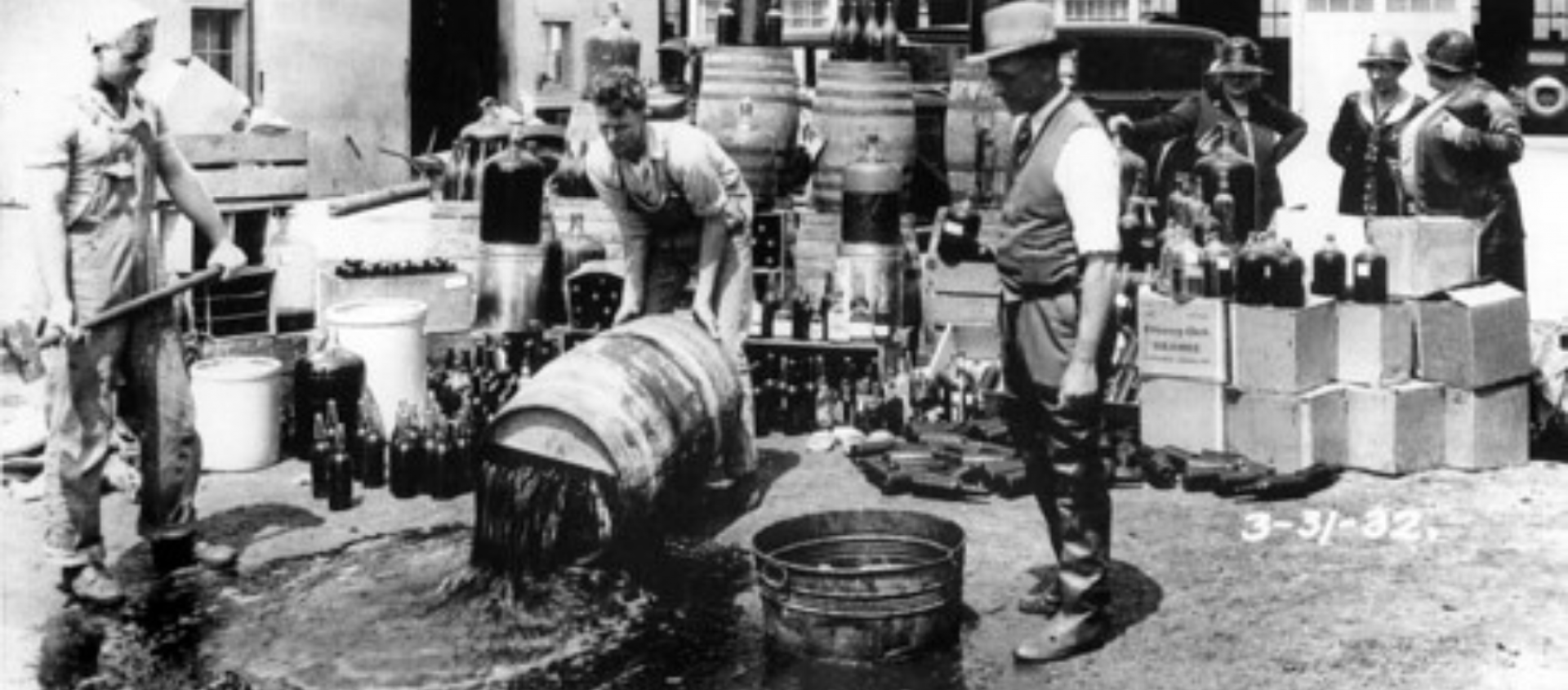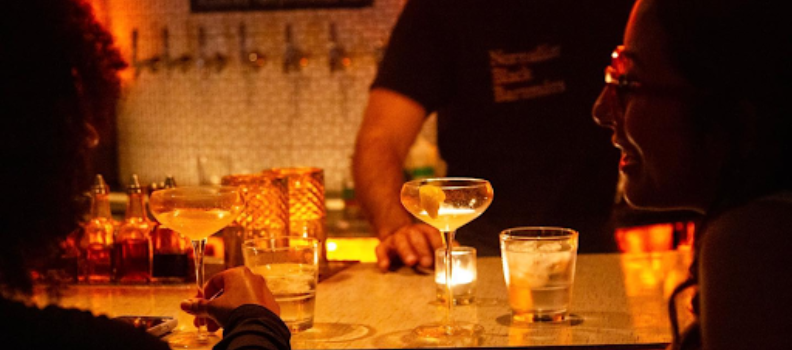
Insights
Prohibition in the USA: A Sobering Look at Chicago's Role in the Dry Era
Chicago's Roaring Twenties: Chronicles of Prohibition and Speakeasy Culture
Prohibition, the 18th Amendment to the United States Constitution, ushered in an era of unprecedented social change and legal restriction. From 1920 to 1933, the manufacture, sale, and transportation of alcoholic beverages were prohibited in the United States, setting the stage for a complex and tumultuous period in American history. Chicago, with its vibrant speakeasy culture, organized crime, and political maneuvering, played a pivotal role in the Prohibition era. In this in-depth article, we delve into the history of Prohibition in the USA and its unique impact on the Windy City.
Prohibition and Its Origins
The Temperance Movement: The article explores how the Temperance Movement gained momentum, advocating for the prohibition of alcohol consumption in the United States.
The Path to the 18th Amendment: It delves into the political and social forces that led to the passing of the 18th Amendment, which established Prohibition.
The Volstead Act: This section discusses the Volstead Act, the legislation that defined the rules and enforcement of Prohibition, including what constituted illegal alcoholic beverages.
Chicago: The Epicenter of Speakeasies

Image: Moneygun
Rise of Speakeasies: Chicago became a hotbed for underground bars known as speakeasies, which flouted Prohibition laws by serving alcohol in secret.
Iconic Chicago Speakeasies: It highlights some of the most famous speakeasies in Chicago that thrived during this era, known for their secrecy and entertainment.
Gangsters and Speakeasies: The article explores how gangsters, like Al Capone, were intimately connected to the city's speakeasy culture.
Organized Crime and the Bootlegging Business
Al Capone and the Chicago Outfit: This section covers the rise of Al Capone and the Chicago Outfit, a powerful criminal organization that profited immensely from bootlegging.
The St. Valentine's Day Massacre: It details the infamous St. Valentine's Day Massacre, a brutal event in Chicago's criminal history.
Rival Gangs and Violent Turf Wars: The article delves into the violent clashes between rival gangs vying for control of the city's lucrative bootlegging trade.
No exploration of Chicago's speakeasies is complete without mentioning the notorious gangsters who shaped the era. Al Capone, the most infamous of them all, was deeply intertwined with the city's speakeasy culture. His presence at the Green Mill and other establishments cemented his status as a legendary figure in the Prohibition narrative.
Law Enforcement and Corruption
Bribery and Police Corruption: This section examines how bribery and corruption were rampant among law enforcement officials, allowing illegal alcohol operations to thrive.
Eliot Ness and the Untouchables: It discusses the efforts of Eliot Ness and his team of "Untouchables" to combat organized crime and enforce Prohibition laws.
The End of an Era
Repeal of the 18th Amendment: The article highlights the eventual repeal of the 18th Amendment, ending the era of Prohibition.
Legacy of Prohibition: It touches on the lasting impact of Prohibition on American culture and legislation.
Chicago Today: Prohibition-Era Legacy
Speakeasy Revival: This section discusses the revival of speakeasy-style bars in modern-day Chicago, paying homage to the Prohibition era.
Historic Sites and Museums: It mentions the various historic sites and museums in Chicago that preserve the memory of the Prohibition era.
The Craft Cocktail Renaissance: The article concludes by highlighting how Chicago's craft cocktail scene has experienced a renaissance, drawing inspiration from the past while embracing innovation.
This summary provides an overview of each section's key points in the article on Prohibition in the USA and Chicago's history during that period.
[[relatedPurchasesItems-54]]
Conclusion:
Prohibition, despite its intentions, led to a myriad of unintended consequences, from the rise of organized crime to the flourishing underground speakeasy culture. Chicago, in particular, witnessed both the darker and more glamorous sides of this era, leaving an indelible mark on the city's history. While the days of Prohibition are long gone, the legacy of this unique period continues to shape Chicago's vibrant and diverse drinks and hospitality scene, reminding us of the city's resilience and ability to adapt to changing times.
Header Image: Orange County Archives
Become a USATT exhibitor and grow your distribution in the USA. Meet importers, distributors, retailers and press. Get exhibitor information here.


